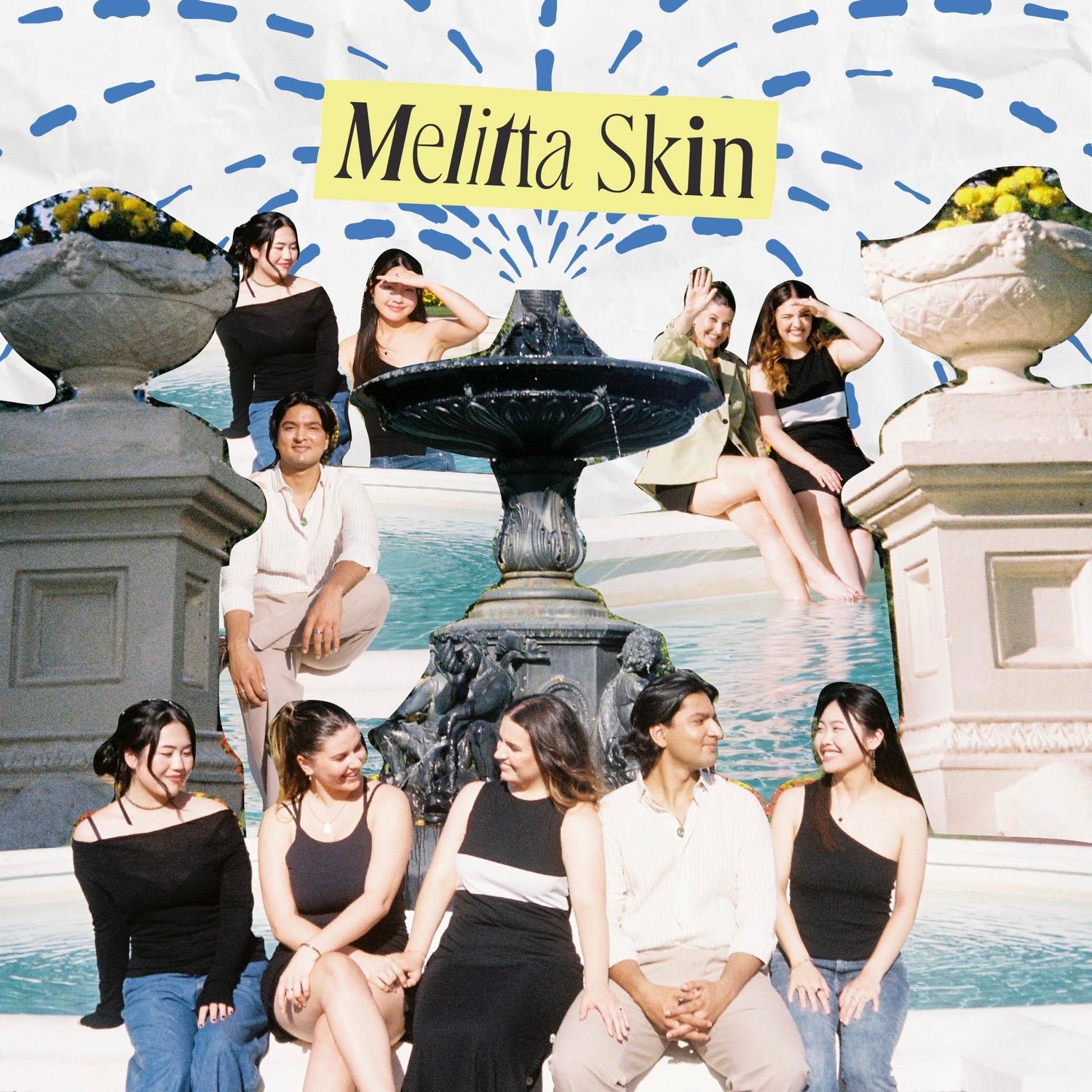
Something extra special is coming soon.
Regulatory FAQs

What is the Sunscreen Product Safety Act (NZ)?
The Sunscreen Product Safety Act (2022) regulates the safety and efficacy of sunscreens sold in New Zealand. It ensures that particular sunscreen products meet specific standards for SPF claims, ingredients and labelling.
How does New Zealand's Sunscreen (Product Safety Standard) Act 2022 change sunscreen testing?
Effective September 2022, the Sunscreen (Product Safety Standard) Act 2022, requires all sunscreen products sold in NZ to undergo independent testing. This mandatory testing ensures compliance with safety standards and protects consumers by guaranteeing accurate SPF claims. Furthermore, the recent update now requires additional sunscreen products with an SPF of 15 or higher to undergo independent testing. This includes insect repellent, lotions or serums, foundation and lip balms.
What are the specific requirements for SPF testing under the Act?
Sunscreens must be tested using internationally recognised methods to verify the purported SPF claims. These tests simulate real-world conditions and assess how effectively the product protects against UVB rays, the primary cause of sunburn. Tests are conducted on human skin and track the efficacy of sunscreens over a period of time.
What are the key differences in SPF regulations between Australia and New Zealand?
Both countries have adopted the AS/NZS 26042012 standard for SPF claims, but a significant difference is that Australia has required mandatory independent testing since 2012, while New Zealand only made testing mandatory with the enactment of the Sunscreen Act 2022.
What happens if a sunscreen fails to meet its SPF claim in New Zealand?
Sunscreens failing to meet advertised SPF claims can lead to product recalls, fines up to $600,000 under the Fair Trading Act and potential loss of consumer trust.
Where can I find more information on the specific regulations?
Consult the UK's Medicines and Healthcare products Regulatory Agency (MHRA), Australia's Therapeutic Goods Administration (TGA) and New Zealand's Ministry of Health websites and at consumernz.org.nz.
How can I be sure a sunscreen meets these regulations?
Look for the regulatory body's logo or approval number on the label. In the UK, it's the MHRA logo. In Australia, it's the TGA AUST L or R number. In New Zealand, we use both the TGA number and "Sunscreen Standard Compliant" text. Don't hesitate to consult online resources or contact the regulatory body directly if you're unsure about a specific product's certification! Remember, certified sunscreens go through rigorous testing, ensuring they meet minimum safety and protection standards.
Does the classification of sunscreens as cosmetics vs. therapeutic goods impact their effectiveness?
Not necessarily. Both regulations set minimum standards for safety and protection. However, therapeutic goods as in Australia often have stricter ingredient limitations.
Are there any regulations on misleading claims about sunscreens' benefits?
All three regions (UK, Australia, NZ) take misleading claims about sunscreens seriously. They have regulations in place to protect consumers from false advertising and ensure accurate information on product labels. Examples include: exaggerated protection, false assurances or the misrepresentation of health benefits. Look out for labels like: “guaranteed sunburn protection,” “all day protection,” “anti-ageing” or “prevents skin cancer,”* as these terms can be misleading.
